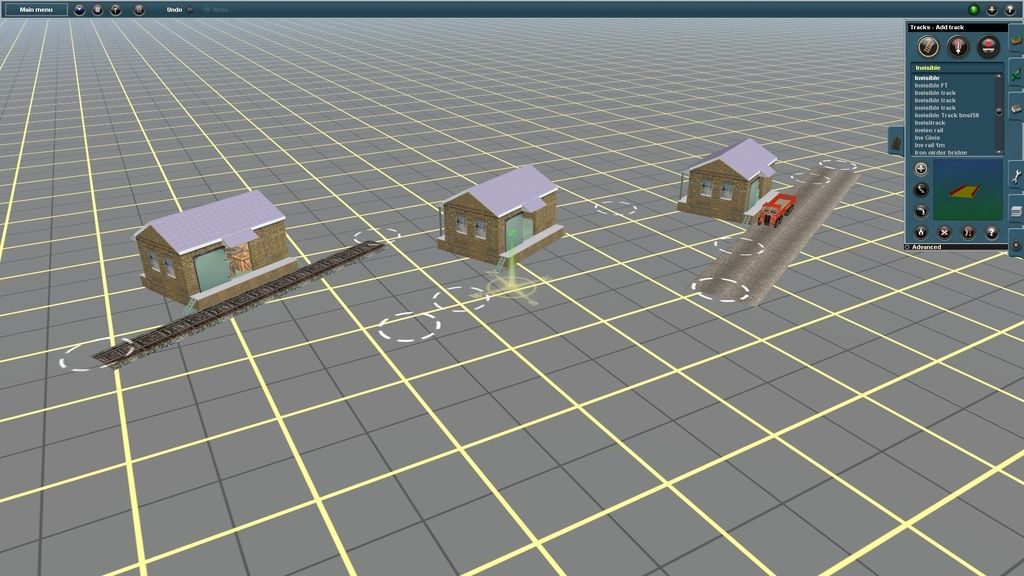REPLACE OBJECT TOOL.
With reference to Spline "Paths,Footpaths and Sidewalks"
Be aware of their different Profiles; IE Height,Width and segment Length; also the spline attachment points; IE Centre,off Centre or Side.
You may also check for kerb on one or both sides.
Before making any bulk replacements compare the two you want to exchange; best done on a test board,may save you a heap of trouble,like having to readjust all of the Spline point heights (from one who has been been there done that).
Norm.
With reference to Spline "Paths,Footpaths and Sidewalks"
Be aware of their different Profiles; IE Height,Width and segment Length; also the spline attachment points; IE Centre,off Centre or Side.
You may also check for kerb on one or both sides.
Before making any bulk replacements compare the two you want to exchange; best done on a test board,may save you a heap of trouble,like having to readjust all of the Spline point heights (from one who has been been there done that).
Norm.





